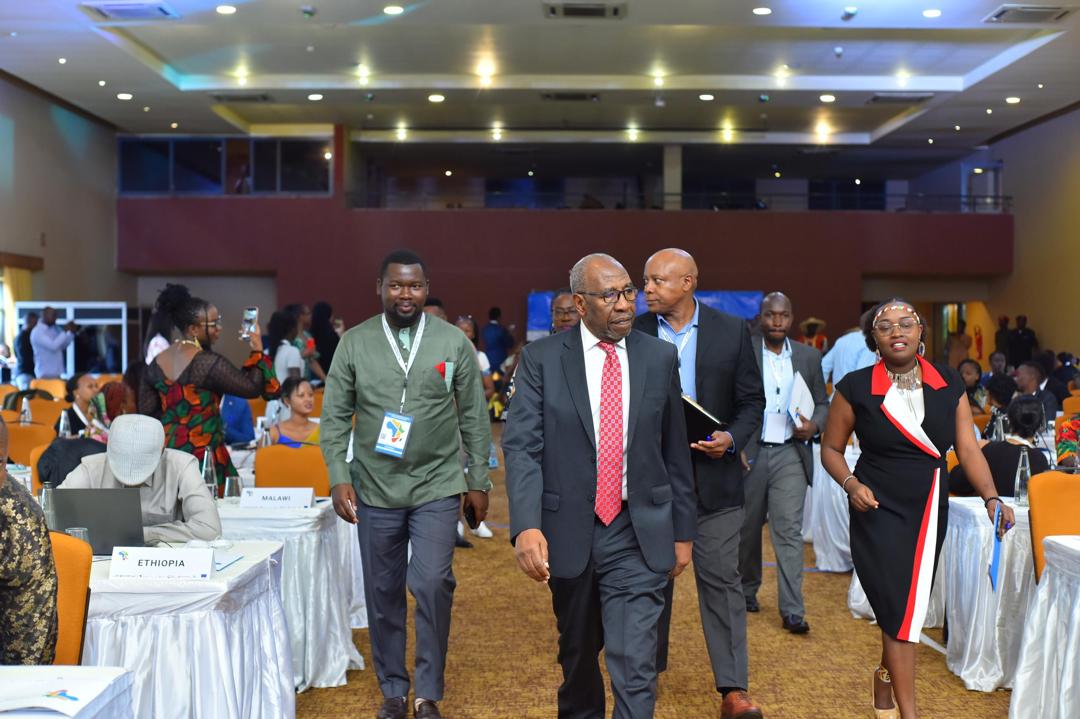Prime
Karuma power project compliant to environmental guidelines - Nema

Site. Karuma HPP tail race ending, the point from which water from the tunnels join the Nile River. It was in finishing stages as of November 2018. PHOTO BY TOBBIAS JOLLY OWINY
What you need to know:
All these projects not just hydro power have serious impacts but we have been so tight on the project owners to make sure all the precautionary measures set and agreed upon are observed and so far the flora and fauna in the area are safe,” Bashir Hangi, UWA spokesperson
NWOYA. The National Environment Management Authority (Nema), has said contractors of the Karuma Hydropower project have complied with the environmental management guidelines.
Ms Leila Akello Gonasa, the Nema focal person for Karuma Hydropower project, in an exclusive interview with Daily Monitor ranked Karuma Hydro Power Project (HPP) at 80 per-cent submission.
“The contractor has improved in compliance and right now we are talking of 78 to 80 per cent compliance, remember others are struggling with compliance status,” Ms Akello said.
Unlike other similar projects around the country battling with environmental compliance status, Ms Akello said Sinohydro Corporation Limited, the Karuma HPP contractor has so far done a good job.
Much as treatment of effluents and sedimentation from pressure ponds have improved, she said the project is still struggling with ventilation and sludge management challenges inside the facility.
The Karuma HPP project has taken keen interest on the conservation of nature above economic growth considering the intensity of thick clouds from construction dust, machinery, rock explosions and buses shuttling workers up and down the tunnel.
For Karuma dam, most of the social and environmental impacts have occurred during the construction phase which involved putting up engineering structures like roads, dams, tunnels, power plants structures and power transmission lines.
Mr Bashir Hangi, Uganda Wildlife Authority spokesperson when asked, said that Karuma wildlife reserve is safe from the impact of the construction of the hydropower plant.
Mr Richard Kepo, the Uganda Electricity Generation Company Limited’s (UEGCL) environment officer for Karuma HPP, declined an interview with this newspaper. A UEGCL report this newspaper has seen pointed that strict measures have been taken to cater for wildlife in and around the project area.
Karuma wildlife reserve in which the dam is located is best known as home to a variety of wildlife species such as the olive baboons, Uganda Kob, lions, Rothschild giraffes, velvet monkeys, leopards, buffaloes and elephants, among other animals.
Karuma HPP is supervised by UEGCL on behalf of the Government of Uganda. It is being built by China’s Sinohydro Corporation.
The Karuma HPP works commenced in December 2013. It is built at a tune of $2.2m. Once complete, it will have an installed generation capacity of 600 Megawatts with transmission lines running from Karuma to Kawanda, near Kampala, Karuma to Olwiyo on Pakwach Road and Karuma to Lira.




